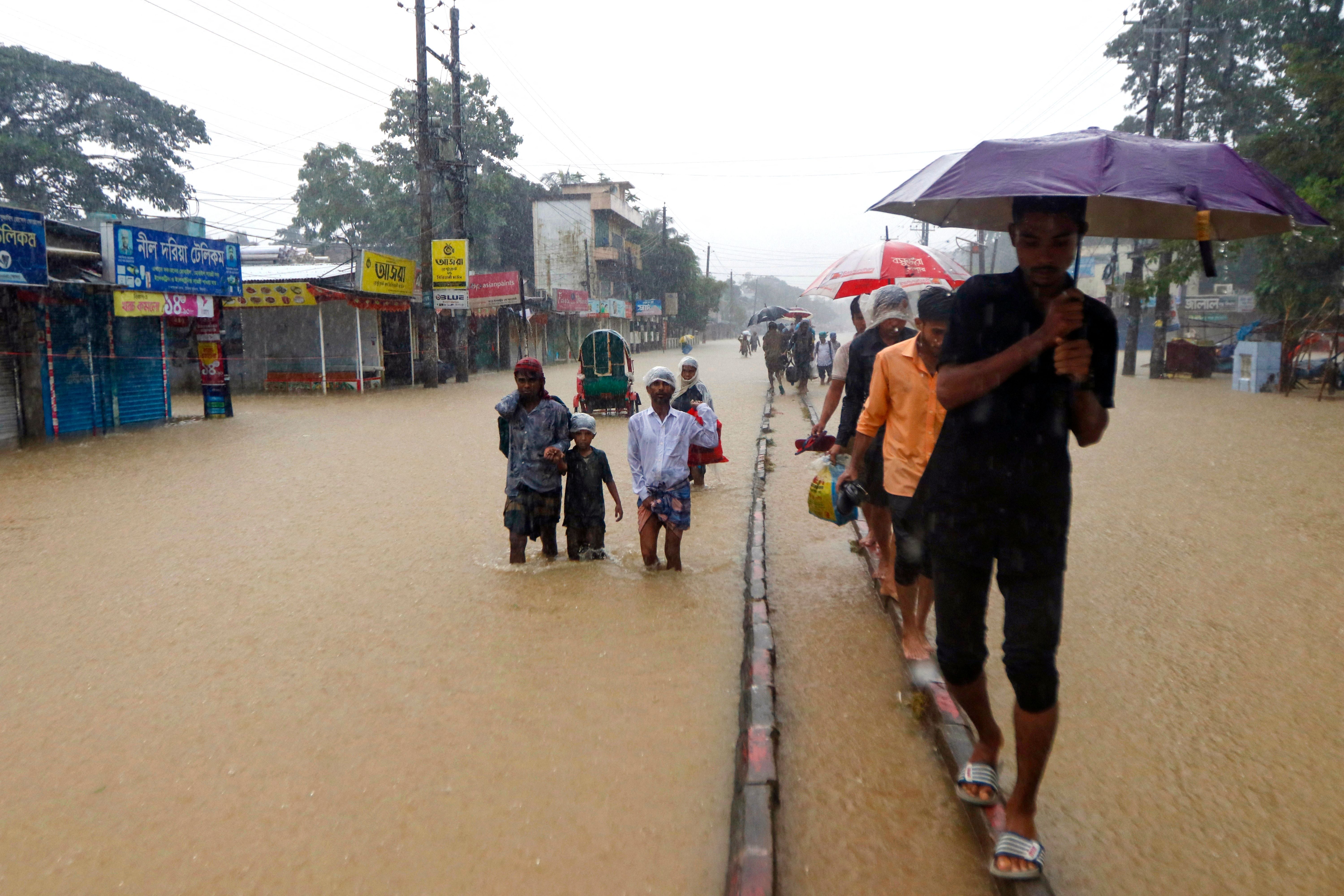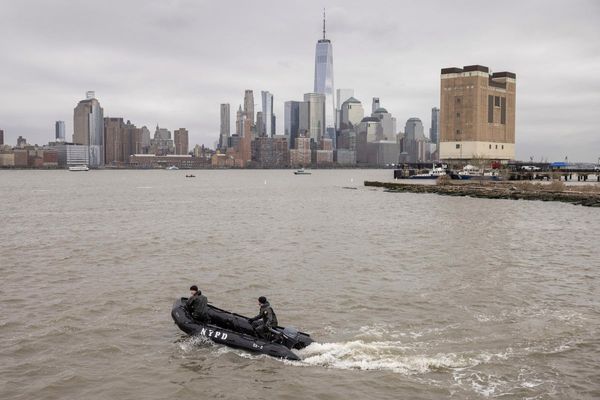Major tropical storm tides that swamp Bangladesh's coast once a century may strike every 10 years or even more frequently by 2100, a new study says.
Densely populated Bangladesh is already one of the world’s most cyclone-prone countries and the climate crisis is drastically increasing the likelihood of extreme storm tides.
If fossil fuel emissions continue at current rates, Bangladesh may witness a tenfold rise in extreme flooding from storm tides by the end of this century, the study from the Massachusetts Institute of Technology estimates.
In the event of continued global heating and sea level rise, the height of storm tides will likely increase by over a metre, from about 3.5m currently to over 5m in some regions, says the study published in the journal One Earth on Friday.
“We are seeing an almost tenfold rise in the recurrence of destructive storm tides almost anywhere you look in Bangladesh,” says Sai Ravela, principal research scientist at MIT Department of Earth, Atmospheric and Planetary Sciences. “This cannot be ignored.”
Storm tides are caused when cyclones push seawater inland, especially when they coincide with high tides. These floods can be catastrophic in deltaic regions like Bangladesh, which is already threatened by rising seas and increasingly severe storms.
The South Asian country is mostly a low-lying, densely populated delta with over 171 million people. Its coastal regions are regularly battered by cyclones, and the country also experiences intense seasonal monsoons. But the new modelling shows the separation between these two events is disappearing, meaning it could increasingly be hit by overlapping disasters.
“If the monsoon rain has come in and saturated the soil, a cyclone then comes in and it makes the problem much worse,” Dr Ravela says. “People won’t have any reprieve between the extreme storm and the monsoon. There are so many compound and cascading effects between the two.”

The MIT study uses high-resolution climate and hydrodynamic models to simulate tens of thousands of cyclones under different warming scenarios and concludes that even the most extreme storm tides, once considered “100-year events” could become regular occurrences.
The study warns the timing of the cyclone season may shift, pushing closer to Bangladesh’s monsoon season and increasing the risk of back-to-back floods.
In recent years, Bangladesh has made major investments in cyclone shelters, embankments and early warning systems, but the preparations have largely been based on present-day risks.
“Bangladesh is very active in preparing for climate hazards and risks, but the problem is, everything they are doing is more or less based on what they’re seeing in the present climate,” Dr Ravela says. “So we think this is timely, to say they have to pause and revisit how they protect against these storms.”
Bangladesh has faced some of the deadliest tropical cyclones in recorded history. The 1970 Bhola cyclone killed between 300,000 and 500,000 people and a 1991 cyclone killed over 138,000 people.
Repeated floods and storms have already triggered internal migration from coastal regions to urban areas such as Dhaka, straining infrastructure and services.
The World Bank estimates that by 2050, up to 13 million Bangladeshis could be displaced due to the consequences of the climate crisis.
Though the study is focused on Bangladesh, the researchers say the broader message applies worldwide.
“This climate change story that is playing out in Bangladesh will be playing out elsewhere too,” Dr Ravela argues. “Maybe where you’re, the story is about heat stress, or amplifying droughts or wildfires. The peril is different. But the underlying catastrophe story is not that different.”
100 people killed in thunderstorm and lightning strikes in India
What is the 2,000km-storm band ‘pseudo-monsoon’ lashing Australia’s east?
Drought in developing countries fuels demand for new coal-fired power stations
UN approves global emissions fee for shipping
More than 1,000 people died from heat in England in 2024, figures show







